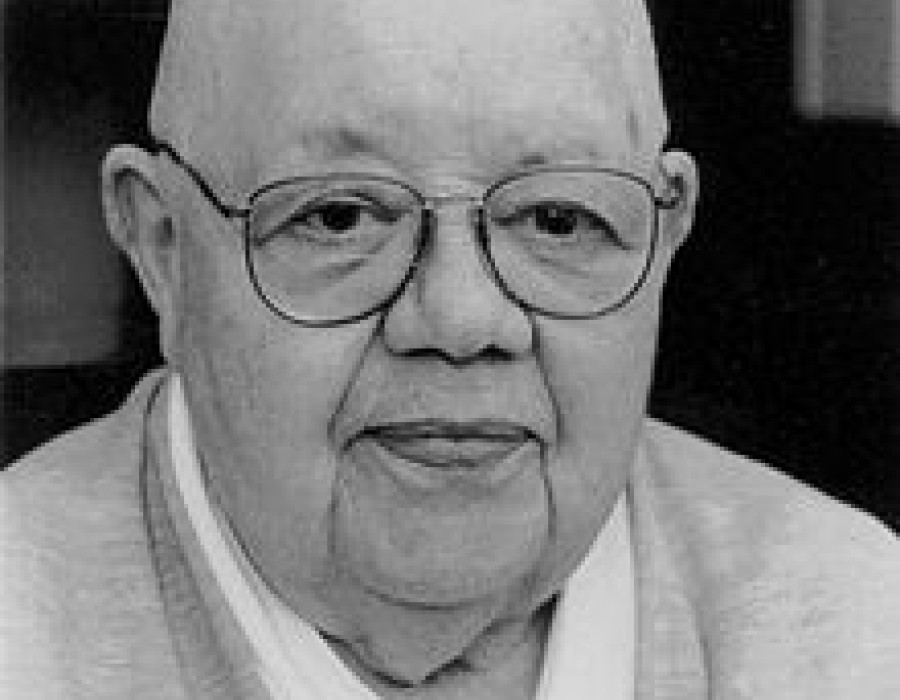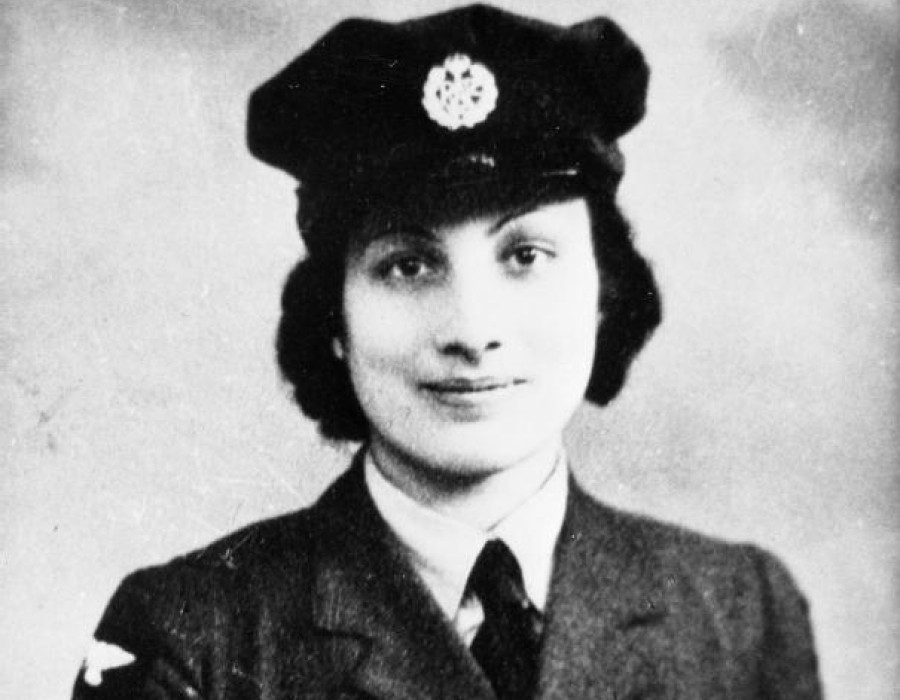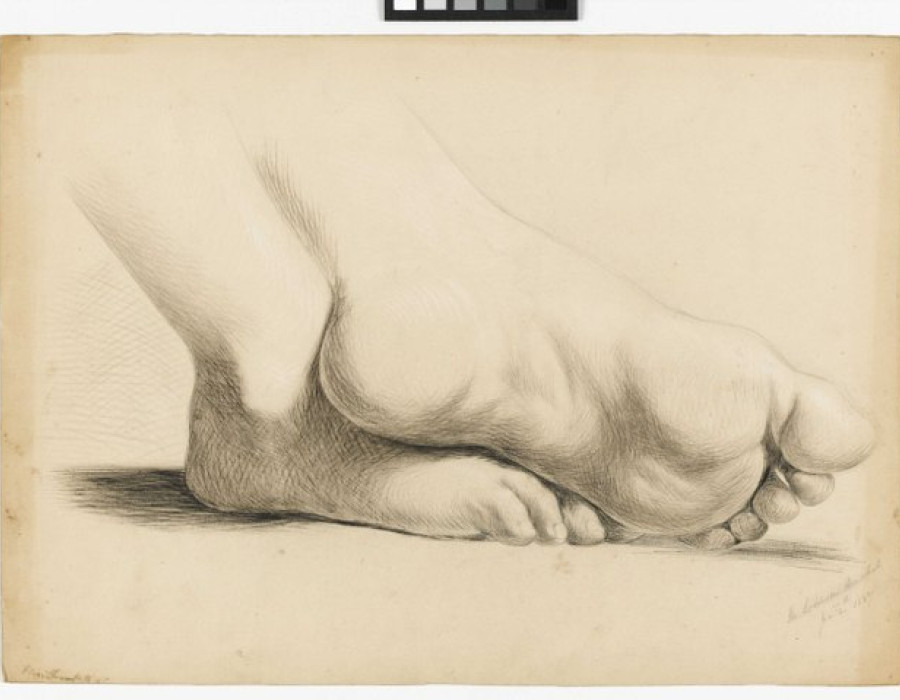
Martin Goodson
Noor Inayat Khan: Princess, Spy & Author of a book on the Jataka Tales
On 8 November 2012 a remarkable event occurred. The first memorial in London to either a Muslim or an Asian woman was unveiled by HRH Princess Ann in Gordon Square Gardens, Bloomsbury. It was a bust of Noor Inayat Khan.
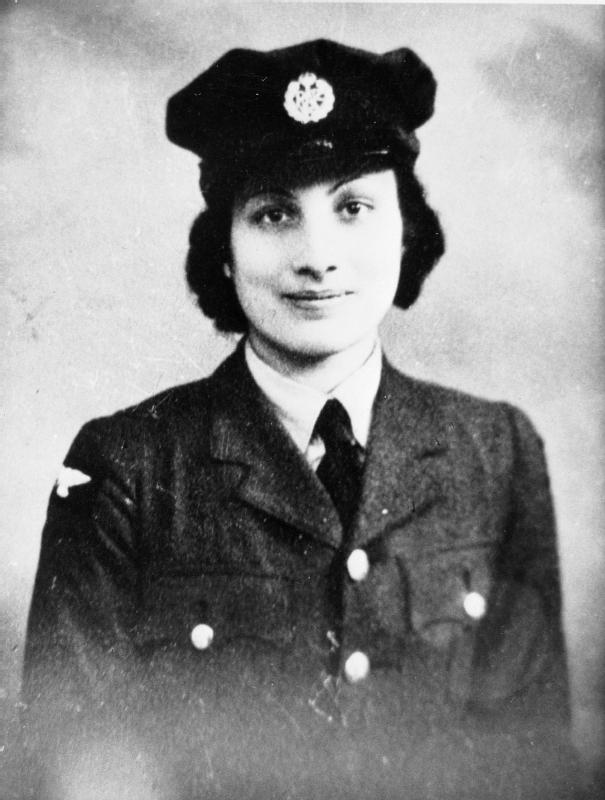
Hon. Assistant Section Officer Noor Inayat Khan (code name Madeleine), George Cross, MiD, Croix de Guerre avec Etoile de Vermeil. Noor Inayat Khan served as a wireless operator with F Section, Special Operations Executive.
She was an outstanding woman in many ways: an Indian princess who was also a gifted musician, a Sufi who wrote Buddhist fables for children, an anti-imperialist who spied for the British Empire and the first female radio operator sent into Nazi-occupied France. It is difficult to believe that the gentle woman pictured playing the sitar first joined the WAAF and then volunteered to become a spy during the Second World War. As children’s author she wrote a version of 20 Jataka tales, stories of the former lives of the Buddha.
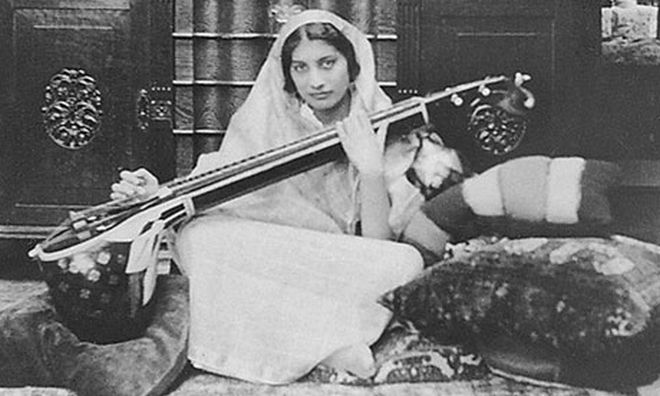
Early Family Life
She was born on 1 January 1914 in, of all unusual places, the Kremlin. It appears that the Tsar of Russia, Nicholas II, was troubled by the internal unrest in Russia and the impending European war. Consequently, her father, Inayat Khan, descended from Indian nobility and the founder of Universal Sufism, was invited to explain to the Emperor’s family and court the Sufi doctrines of peace and love. Shortly before the outbreak of the First World War the family moved to London where they lived in Bloomsbury. After the war they moved to France near Paris, where Noor studied child psychology at the Sorbonne and music at the Paris Conservatoire.
Author
She began a career as an author, writing poetry and children's stories and became a regular contributor to children's magazines and French radio. Her book, “Twenty Jataka Tales” (ISBN 978-0892813230), was published in London in 1939. This book is still widely read.
Jataka Tales
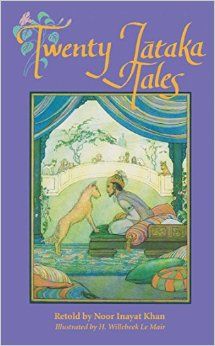
The Jataka Tales stem from the Buddhist tradition. There are over five hundred stories that form one of the largest and oldest collections of stories in the world.
The popular Buddhism embedded in the Jataka tales still lies at the heart of the living tradition today. Over the centuries, people in Buddhist countries have grown up with these tales as a major source of teaching. Traditionally, children were introduced to their religion through hearing the stories in the temples and at festivals. The Jatakas were a major source of developing the character of the people: a way of developing knowledge and learning how to face the difficult experiences of life: developing human values and good qualities such as perseverance, honesty and tolerance.
Each Jataka tale recounts one of the previous lives, in both human and animal form, of the Bodhisattva whose destiny it was to become Shakyamuni Buddha in his final life. The stories are told by the Buddha himself and evolve from his vow to postpone his own enlightenment, and freedom from the endless rounds of existences, until he was ready to become a Buddha himself and teach others. At the end of each story he identifies the role that he himself played and sometimes the roles of other characters as well.
The stories spread to different parts of the worlds and can be recognised in some of the Greek legends and Aesop’s fables. Nowadays, on the internet , you can find the tales in eBook form, readings and cartoon versions.
Spy
After the fall of France, Noor escaped to England and in November 1940 joined the WAAF (Women's Auxiliary Air Force). Later she joined Britain’s sabotage force, the Special Operations Executive, and was sent to France as a spy. Her aim in volunteering was, as a Sufi who believed in non-violence, to assist in the struggle against fascism.
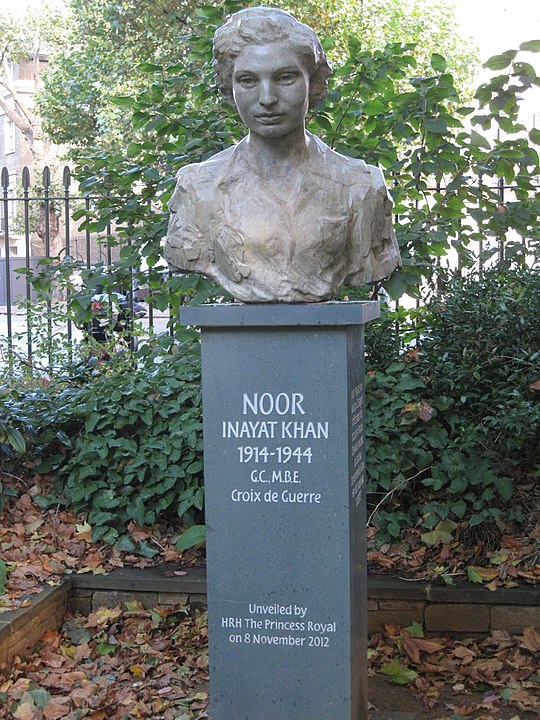
Memorial bust of Inayat Khan in Gordon Square Gardens, London. By Henk van der Wal - Own work, CC BY-SA 3.0.
We can find out about her wartime record from original documents held at the National Archives, including her training report, mission instructions, Gestapo report and code card.
Even though she was the first female wireless operator to be dispatched to enemy-occupied France in 1943, her records show some difference of opinion by British officials as to her suitability to be a spy. Her training report contains the evaluations “not overburdened with brains” and “She has an unstable and temperamental personality.” Her Senior Officer annotated these documents with the following ripostes “We don’t want them overburdened with brains”, “nonsense” and “makes me cross”.
When she was sent to France her training was incomplete but, despite the reservations shown in her training report, she was considered the best prepared agent available. For her cover story she was given two French names: Jeanne Marie Renier for her documents and the field name ‘Madeleine’. Shortly after she arrived in France there was an outbreak of arrests. She was offered the chance to return to England but bravely insisted on staying as she was one of few remaining wireless operators.
She was soon arrested and sent to a secure prison in Germany. However, she twice attempted to escape. In September 1944 she was transferred to Dachau Concentration Camp where she was tortured and then executed by being shot in the head. Han Kieffer, former head of the Gestapo, testified that she did not give them any information.
Her courage was recognised after the war as she was posthumously awarded the British George Cross and the French Croix de Guerre.
In 2019 it was announced that a blue plaque would be placed on her Bloomsbury home, her last place of residence and the one she left to go on her last mission.

